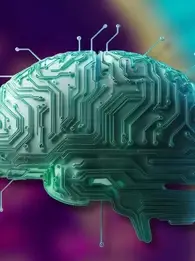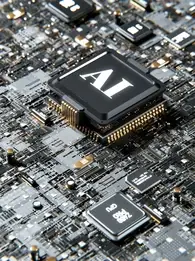
Does your business rely on a firewall and antivirus software to safeguard against cyber threats? You wouldn’t be alone – a huge number of companies believe that they are doing enough by solely having preventative solutions such as these in place.
Given the increased sophistication and volume of cybersecurity threats, relying on traditional security is no longer enough. To fully mitigate cyber risk, having visibility of activity inside your network is now essential.
Here, we examine four key security technologies that can help you swiftly detect and respond to the latest cyber threats facing your organisation.
Intrusion detection
Intrusion detection systems (IDS) are designed to identify and alert organisations to potential malicious activity within a network. Network-based IDS log and analyse traffic flowing through a network to identify suspicious activity such as policy violations and malware. Host-based IDS (HIDS) monitor individual computers and devices by analysing changes to files and logs.
IDS are only used to detect and identify threats – they are not able to block or help shut down threats. This is why they are deployed and work alongside intrusion prevention systems, like firewalls and SIEM systems (more about them later in the article).
Network traffic analysis
While IDS are extremely useful, they do have their limitations. They are focused on identifying threats at the perimeter and inspecting so-called north-south traffic. If an attacker is able to further into a network, an IDS will struggle to detect their activities. This has led to the need for technologies that are able to offer deeper traffic visibility.
These are known as network traffic analysis (NTA) platforms, and they work by reviewing east-west as well as north-south traffic. The latest NTA systems use machine learning and rule-based detection, which means that means that they are able to detect threats that traditional signature-based firewalls and intrusion detect systems cannot.
SIEM
Security information and event management (SIEM) refers to a set of technologies that work together in order to give businesses and organisations a more complete view of security events. According to Gartner, worldwide spending on SIEM is set to rise to $3.74 trillion in 2019. This shows just how important the technology has become for organisations across the world.
“New security technologies for organisations with cloud, virtual, and hybrid network environments are on the rise. However, just like solutions for on-premise monitoring, these require the appropriate skills and resources to properly install, manage, and monitor.” (Redscan, cybersecurity specialists)
SIEM software draws data from a variety of different sources in real time, and then correlates this data to identify unusual or anomalous activity. When any such activity is detected, the software generates an alert. SIEM systems aggregate logs from other security technologies, network devices, cloud systems, and more.
The latest generation of SIEM tools includes user and entity behaviour analytics to help identify insider threats.
Endpoint detection and response
Many cybercriminals will attempt to compromise an endpoint (a machine or device) to gain access to an organisation’s network. To prevent this from happening, most organisations use antivirus software.
Relying exclusively on traditional antivirus could leave your organisation vulnerable to more sophisticated attacks. For example, polymorphic malware, which continuously changes its identifiable features, is extremely hard for traditional antivirus solutions to detect.
This is why endpoint detection and response (EDR) platforms have become so crucial. These solutions operate far beyond the scope of an antivirus, combining elements of next-generation antivirus with additional monitoring tools to provide advanced anomaly detection and alerting. EDR tools helps organisations detect new forms of malware, isolate attacks, and conduct detail forensic analysis to better understand how attacks occurred.
How to choose the best technology for your business
With so many different technologies available, it can be difficult and confusing to know which is right for your business. In the face of ever-increasing threats and a growing attack surface, it is important to ensure that you select not only the right solutions for your organisation, but to ensure that these technologies are correctly installed and managed.
To help support your security needs, it could be necessary to seek advice from a specialist provider of managed detection and response services. An managed detection and response provider will not only help you choose the best technologies for your organisation’s needs, it will help you deploy, optimise, and monitor them 24/7/365 – especially beneficial if your organisation has a small in-house IT team.













Comments ( 0 )